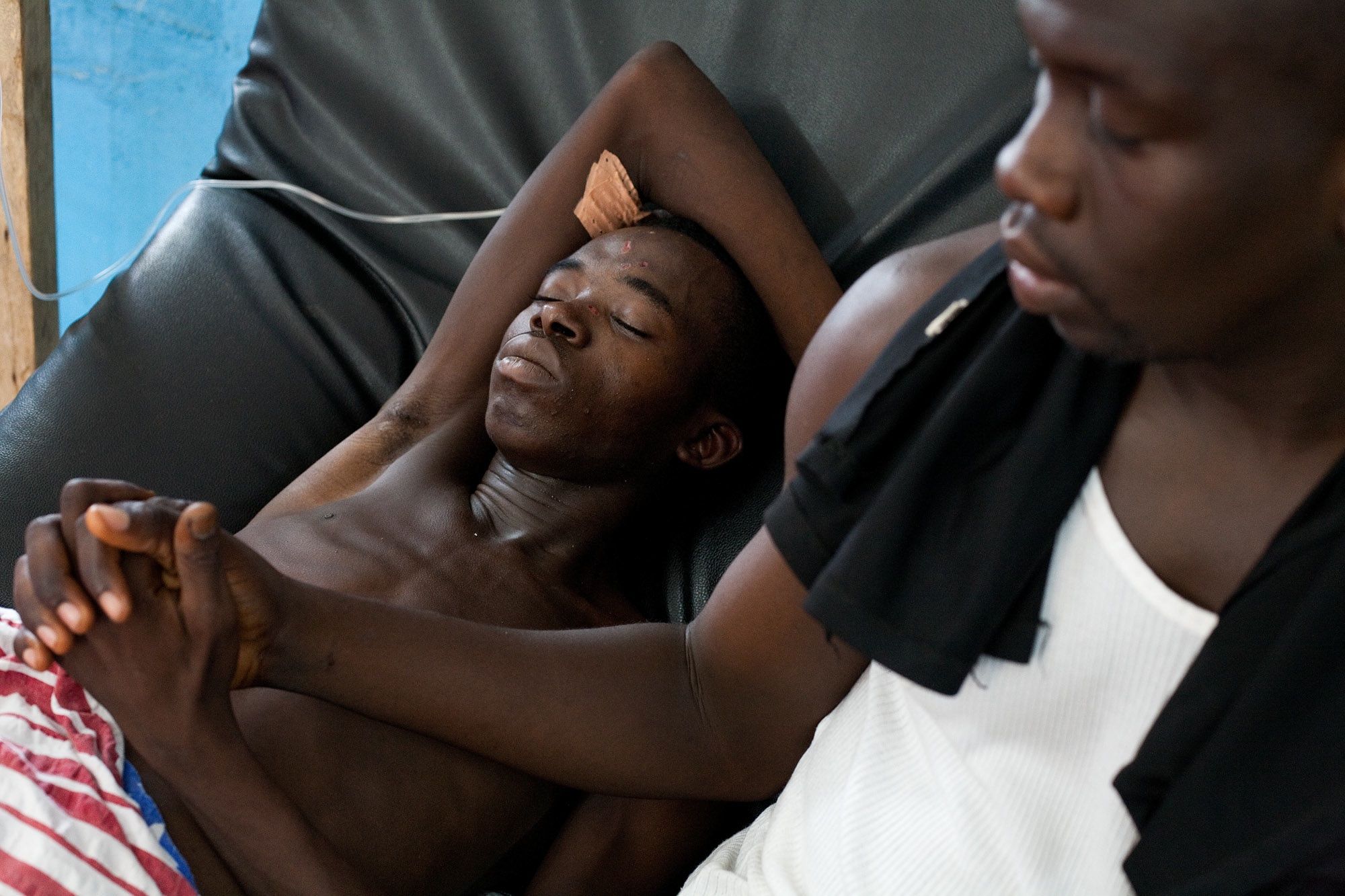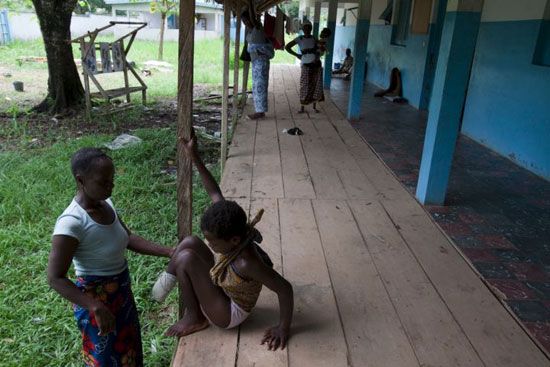After a week spent in western Ivory Coast, it’s clear that this conflict is far more complex than rebels vs. tyrant, new power vs. old power, Ouattara vs. Gbagbo. Here, the post-election turmoil reignited clashes that can be called tribal, ethnic, inter-community and economic. Simply put, the violence is between those who have long held ownership of the land that cocoa is farmed on, and those who have performed much of the labor.
The most notorious of these clashes took place in the town of Duékoué, where hundreds of people were killed in late March. How many hundred, and who killed them, varies depending on whom you ask. But the Duékoué killings seem to be indicative of a wider trend of violence along the border of Liberia in southwestern Ivory Coast, where villages continue to be razed, their former inhabitants fleeing across the border.
At a hospital in Bangolo—the only hospital in the area staffed and equipped to perform surgeries—I roamed the grounds with a colleague, speaking with people and learning their stories. A young man who was shot and left for dead until a passing soldier heard him groan. Out of bullets, the soldier began hacking at him with a machete. It seems a miracle that he survived. A 20-year-old woman who saw her two-year-old son killed in front of her, and then was sexually assaulted as she tried to flee.
At the end of the day, my colleague remarked that he was losing his faith in humanity. But it seemed to me that for each horrific story we heard, we also saw small signs of enduring kindness to renew that faith. There was the little girl whose foot had to be amputated—and her mother, carrying her around the hospital on her back everywhere she needed to go. And the man who was shot in the back of the head, who was barely out of a coma and didn’t seem to register anything happening around him. He kept lifting his right arm back behind his head, suddenly and with force, nearly pulling out the I.V. in his arm. But he had a brother who sat by him, trying to feed him, pouring water through his lips, and patiently untangling the I.V. cord and pulling his hand back down, over and over again, all through the day.



